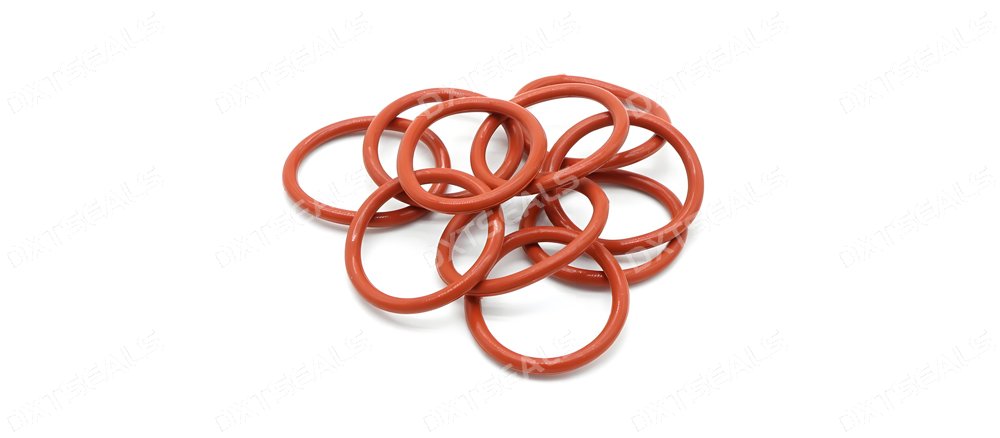
Choosing the right sealing material is vital for ensuring optimal performance, durability, and reliability in industrial applications. Whether you’re designing O‑rings, gaskets, oil seals, or mechanical seals, material selection depends on a number of key factors that directly impact sealing effectiveness.
This guide outlines the critical material selection factors and practical considerations to help engineers choose the best seal material for their application.
🔍 1. Chemical and Fluid Compatibility
Select materials that resist swelling, degradation, or chemical attack when in contact with lubricants, fuels, acids, or solvents.
For example, NBR works well with mineral oils, while FKM or PTFE are favored in aggressive chemical environments.
🌡️ 2. Temperature Tolerance
Let the application's temperature range guide your material choice:
-
NBR: –40 °C to +120 °C
-
FKM: –20 °C to +200 °C
-
PTFE: up to +250 °C or higher .
High temperatures can cause elastomers to harden or lose elasticity, while low temperatures can make them brittle.
⚙️ 3. Pressure and Speed Requirements
High pressures may cause seals to extrude or deform, and high speeds can generate frictional heat.
Choose pressure-rated seals or add anti-extrusion backup rings, and consider low-friction materials like PTFE for high-speed rotation .
🧱 4. Mechanical Properties & Compression Set
Evaluate tensile strength, hardness, and the ability to rebound after compression.
Materials with low compression set like FKM retain sealing force longer under pressure, compared to NBR.
🔍 5. Surface Finish and Shaft Compatibility
Seal lips ride on mating surfaces, so shaft roughness (Ra 0.2–0.8 µm) and alignment are critical.
Poor surface finish can accelerate wear and leakage; consistent tolerances and finishes are essential.
🌦️ 6. Environmental and Regulatory Factors
Take into account exposure to UV, ozone, steam, or food-grade requirements.
Materials like EPDM and silicone offer UV resilience, while FDA-compliant options are necessary for hygienic industries.
💰 7. Cost vs. Performance
Balance upfront material costs with expected service life.
High-performance materials like FFKM or PTFE are costlier but deliver superior resistance and longevity, often offsetting higher initial investment.
✅ Summary Table
| Factor | Why It Matters | Typical Materials |
|---|---|---|
| Chemical Compatibility | Prevents swelling/degradation | NBR, FKM, PTFE |
| Temperature Range | Ensures integrity under heat | NBR → FKM → PTFE |
| Pressure & Speed | Avoids extrusion, wear | PTFE, reinforced FKM |
| Mechanical Strength | Maintains seal compression | FKM, HNBR, polyurethane |
| Surface Finish | Reduces friction & leakage | Refined shafts, proper tolerances |
| Environmental Durability | Resists ozone, UV, steam | EPDM, silicone, FDA-grade elastomers |
| Cost vs. Life-cycle | Optimizes ROI | NBR (low-cost), FFKM (premium) |
🛠️ Final Takeaway
Selecting the right sealing material involves a careful assessment of operating fluids, temperature, pressure, mechanical demands, surface conditions, and environmental exposure.
Material options—from NBR and FKM to PTFE and specialty polymers—can be matched to your specific application for optimal performance and longevity.
At DXTSEALS, we help you navigate these choices, providing expert recommendations and customized sealing solutions.
🔗 Explore more sealing materials at www.dxtseals.com or contact our engineers for tailored guidance.
